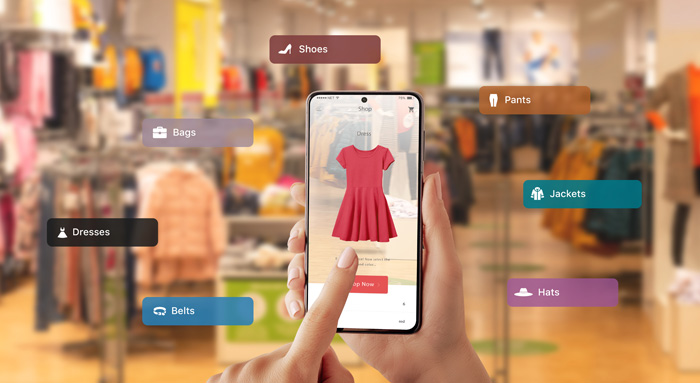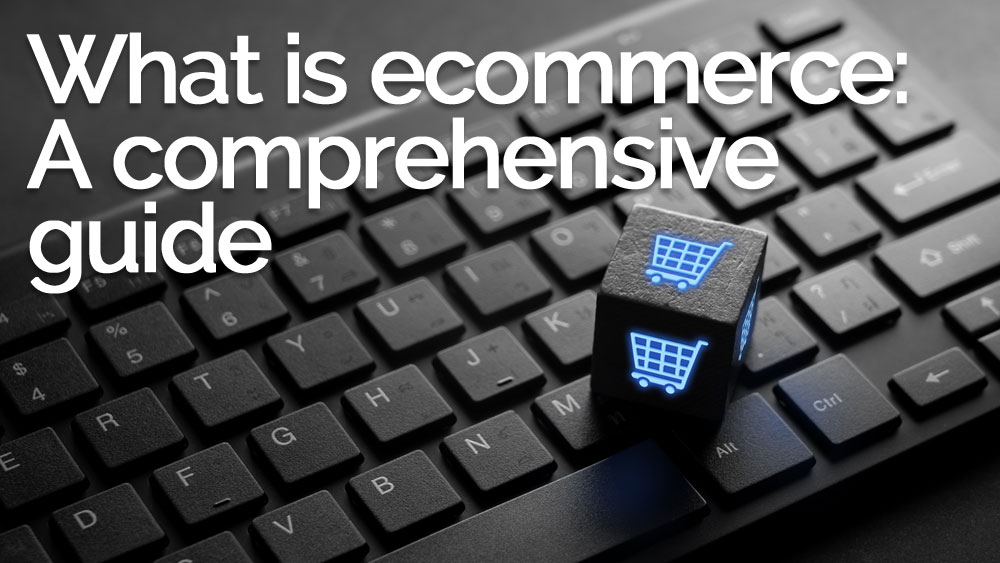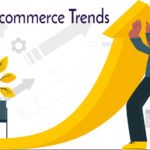In today’s digital age, the term “ecommerce” has become ubiquitous, transforming the way we shop and do business. Ecommerce, short for electronic commerce, refers to the buying and selling of goods and services over the internet.
It has revolutionized the retail industry, providing consumers with convenience and businesses with a global reach. In this article, we will explore the world of ecommerce, its various facets, benefits, and future prospects.
The Evolution of Ecommerce
Ecommerce has come a long way since its inception in the early 1990s. The first online transaction, a sale of a Sting CD, took place in 1994. From there, the industry has grown exponentially, fueled by advancements in technology and changes in consumer behavior.
In 2020, the COVID pandemic locked people inside and shuttered brick-and-mortar stores. This provided a great incentive for those retailers not online to go online. Merchants with a weak online presence suddenly were investing in improvement.
Today, ecommerce encompasses a wide range of businesses, from small online stores run by individuals to massive multinational corporations. Nearly any business that sells a product or service can sell online.
What is Ecommerce -vs- Ebusiness?
Ecommerce is sometimes called “ebusiness.” While ecommerce is absolutely a form of ebusiness, ebusiness is any transaction online including those that do not involve a purchase. It could be something as simple as sending your notes to your boss electronically or using an online accounting program. You’re simply conducting business online. Not all ebusiness is ecommerce.
Ecommerce can be categorized into several types, each catering to different market segments and customer preferences:
Business-to-Consumer (B2C)
It’s likely that this is what you think about first when someone talks about an online store.This is the most common form of ecommerce, where businesses sell products or services directly to individual consumers. Examples include online retailers like Amazon and clothing brands like Zara.
Business-to-Business (B2B)
In B2B ecommerce, businesses sell products or services to other businesses. This can involve wholesale transactions, software services, or industrial equipment.
Consumer-to-Consumer (C2C)
C2C ecommerce platforms facilitate transactions between individual consumers. Popular examples are eBay, Facebook, Mercari, and Craigslist, where people can buy and sell used goods.
Consumer-to-Business (C2B)
This model reverses the traditional business-consumer relationship. Freelancers, consultants, and influencers often engage in C2B ecommerce by offering their services or products to businesses.
Mobile Commerce (M-commerce)
With the rise of smartphones, mobile commerce has gained momentum. Customers can shop and make payments using mobile apps or mobile-optimized websites.
Benefits of Ecommerce
Global Reach
Ecommerce breaks down geographical barriers, allowing businesses to reach customers worldwide. This expansion of the customer base can lead to increased sales and profitability.
Convenience
Online shopping offers unparalleled convenience. Customers can browse, compare, and purchase products 24/7 from the comfort of their homes.
Cost-Efficiency
Running an online store is usually far more cost-effective than maintaining a physical storefront. There are no rent expenses, minimal employees, and inventory management can be streamlined or even outsourced.
Personalization
Ecommerce platforms use data analytics to personalize the shopping experience, offering product recommendations and tailored marketing messages.
Data Insights
Ecommerce businesses have access to valuable customer data that can inform marketing strategies and product development.

Challenges and Future Trends
While ecommerce offers numerous benefits, it also presents challenges. These include security concerns, fraud, competition, and the need to adapt to rapidly evolving technology.
Looking to the future, several trends are shaping the ecommerce landscape:
AI and Machine Learning
AI-driven chatbots, recommendation engines, and personalized shopping experiences are becoming increasingly common. Smaller merchants often can’t afford quality tools to offer this level of service.
Augmented Reality (AR) and Virtual Reality (VR)
These technologies are enhancing the online shopping experience by allowing customers to visualize products in their own space before making a purchase. Imagine uploading your living room to check out how a new couch would look in the room. Some brands are even using product placement in video games to show off stock. It’s just a matter of time before you can buy that item in game.
Sustainable Ecommerce
Consumers are increasingly concerned about environmental issues. Ecommerce businesses are responding by adopting sustainable practices in their supply chains and packaging. Products are reducing plastics and even Amazon is experimenting with skipping the outer box when shipping some items.
Mobile Shopping Dominance
M-commerce is expected to continue its growth, with more shoppers using mobile devices for online purchases. Even B2B stores are seeing mobile use rates of 50% or more.
Social shopping
Products are now not only being advertised and sold via social media such as in the Facebook marketplace, but some sellers are selling via live video on Facebook Instagram, and TikTok.
Sales taxes, duties, and VAT
Originally, merchants only had to collect sales taxes for orders that shipped into states where they had a presence. Unfortunately, this has evolved into a changing patchwork of laws and regulations that require merchants to collect and report for more jurisdictions.
Fraud
Where there is cash to be had, there are always criminals. Credit card fraud is rampant and the crooks are becoming smarter. It can be very difficult to impossible to spot fraud before you’ve lost money.
Competition
Merchants have always had competition but the Web makes it super easy to comparison shop. Everyone is online. If they aren’t selling online, they soon will be. It’s much harder to get the sale these days without a much larger marketing budget and a unique offer that inspires purchase from you. There are currently more than 26,500 online merchants today.
Cost of doing business
All these cool new changes come with a financial cost. It is more expensive to conduct e-commerce business online these days than it used to be.
In summary
The Internet has transformed the way we shop and conduct business. Conducting commerce online is convenient and offers more buying choices. Technology is quickly eroding the negatives of buying online versus purchasing in a local store where you can see and touch your choices.
For sellers it can dramatically improve the ROI of selling and greatly expands your customer base. It can even bring a global audience.
While it is harder and more costly to start and run an ebusiness than it used to be, the ROI metrics of selling online will continue to outpace traditional brick-and-mortar stores. Working with a solid business plan, having a good marketing budget, and staying on top of both market and technical changes is a must.






